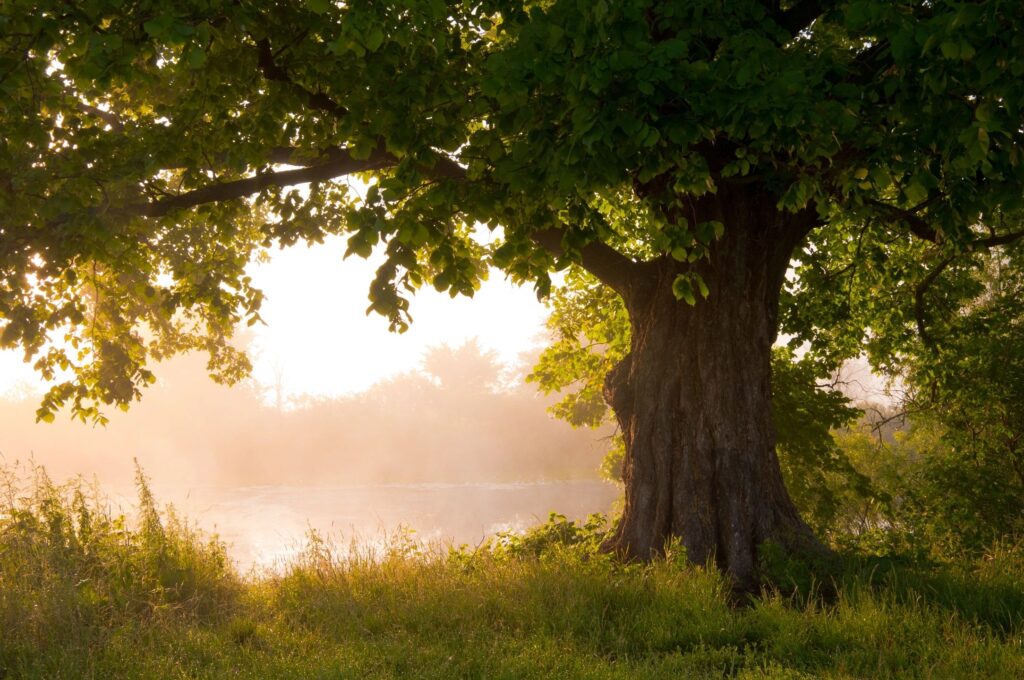Tree planting for today and the future


Tree planting for today and the future
COLUMBUS, Ohio – Ohio is now at the start of prime tree planting season, according to the Ohio Department of Natural Resources (ODNR) Division of Forestry. Tree roots begin to lengthen as the buds break in the spring when soil moisture is typically the highest. This allows the growing roots to move through the soil to find water and nutrients needed for the tree to grow in its new home.
“Spring is the best time of the year to plant trees,” said Dan Balser, chief of the ODNR Division of Forestry. “Newly planted trees, especially bare rooted planting stock, have the best chance for survival if they are planted right after the ground thaws and before the buds break.”
ODNR strongly encourages landowners to choose trees native to Ohio when planting this spring. Invasive, non-native trees have become a major threat to the health and vigor of Ohio’s public and private forest lands. The Ohio Division of Forestry (DOF) employs state service foresters who provide technical assistance and advice regarding tree plantings, including species selection, number of seedlings per acre, site preparation, sources of seedlings, and planting techniques. Find the state service forester assigned to your area and a tree planting guide on the DOF website: forestry.ohiodnr.gov.
In addition to this comprehensive state program, interested landowners can also take advantage of U.S. Department of Agriculture (USDA) financial and technical resources. The Farm Bill authorizes funding for forestry and other conservation programs. The USDA Natural Resources Conservation Service (NRCS) manages the following major programs and sources of forestry assistance:
- The Environmental Quality Incentives Program (EQIP) provides technical assistance and cost-share to eligible landowners for forestry practices.
- The Conservation Stewardship Program (CSP) helps landowners maintain and improve existing conservation systems. Participants earn CSP payments for conservation performance.
The USDA Farm Service Agency (FSA) also offers financial and technical assistance to eligible farmers and landowners with cropland through the Conservation Reserve Program (CRP). CRP offers rental payments and cost-share assistance to participants that take land out of production and instead devote it to conservation benefits. CRP participants and landowners establish conservation practices to improve forest resource conditions, promote forest management and enhance wildlife habitat. For more information on USDA’s Conservation programs, contact your local USDA Service Center.
Agricultural landowners in northwest Ohio can take advantage of the DOF’s field windbreak program, available each year for springtime planting of seedlings on private farmland. Earlier this year, the application period wrapped up for a unique one-time H2Ohio Water Quality Incentive Program that focused on riparian forest buffer plantings and wetland restoration projects tied to the Lake Erie Conservation Reserve Enhancement Program (CREP).
The DOF reports that 4,579 trees were planted on Ohio’s state forests last year, and 245 trees were planted on other ODNR-managed facilities. Around 100,000 trees are planted annually on municipal and private properties with assistance from foresters from the DOF and partners. It is projected that the DOF will provide assistance this spring with the planting of more than 10,500 trees on state forest land and on other ODNR grounds.
The Ohio Division of Forestry promotes and applies management for the sustainable use and protection of Ohio’s private and public woodlands. To learn more about Ohio’s woodlands, visit Forestry.ohiodnr.gov. Follow us on Facebook at @odnrforestry and on Instagram at @odnrforestry (instagram.com/odnrforestry).
ODNR ensures a balance between wise use and protection of our natural resources for the benefit of all. Visit the ODNR website at ohiodnr.gov.








